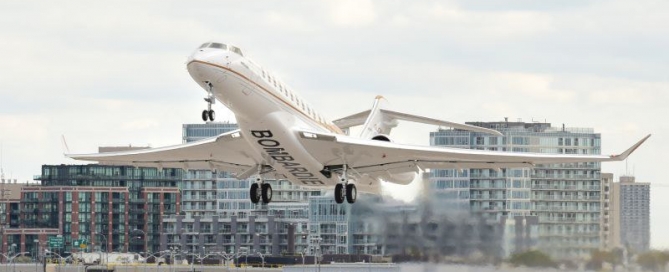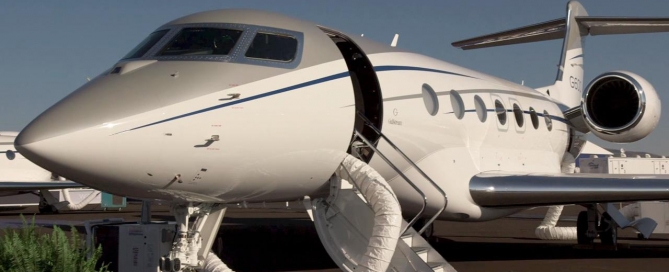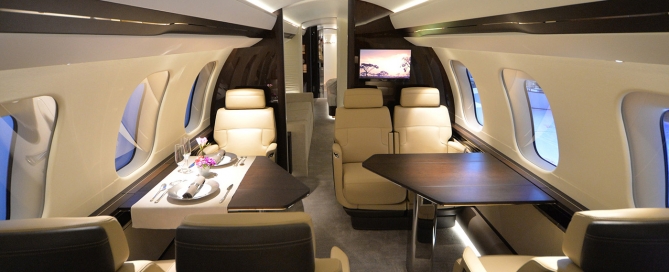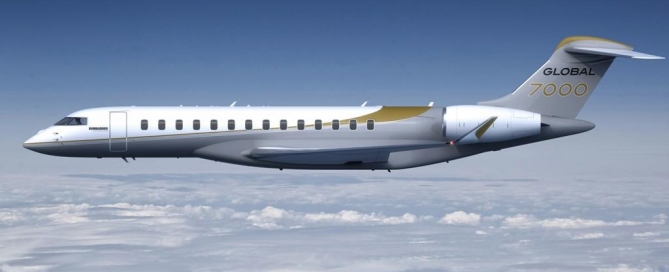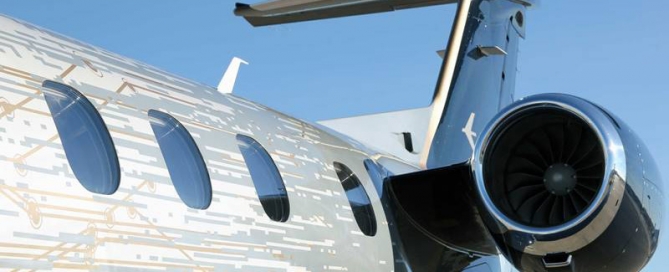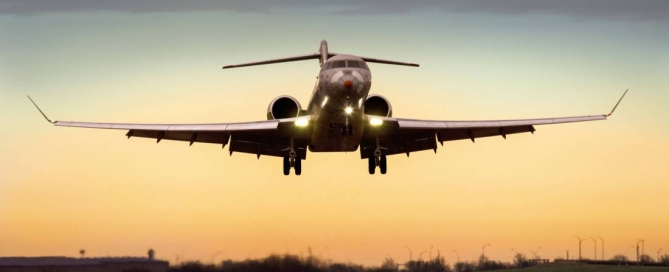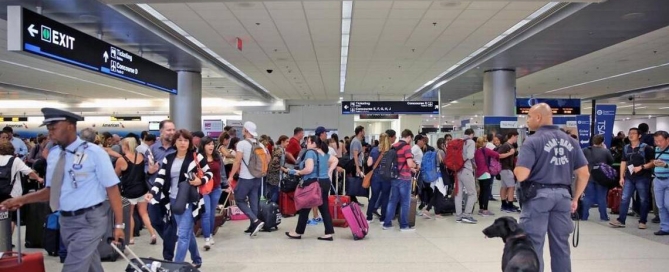BOMBARDIER’S SHOW-STOPPING PREMIER CABIN FOR GLOBAL 5000 AND 6000
Bombardier has presented its spectacular new Premier cabin for Global 5000 and Global 6000 aircraft to U.S. customers for the first time. The new interior’s elevated level of visual and functional refinement is showcased on board a Global 6000 aircraft on static display at the 2017 National Business Aviation Association (NBAA) Convention & Exhibition in Las Vegas, Nevada from October 10-12, 2017. “At Bombardier, we understand that our customers look beyond superior performance capabilities when selecting an aircraft. Our business jets have long been recognized for exceptional cabin comfort and leading-edge amenities, and our Premier cabin interior elevates this standard to a whole new level,” said Brad Nolen, Vice President, Marketing and Communications, Bombardier Business Aircraft. “We are delighted to unveil our impressive new Premier interior for our American and international customers here at NBAA.” The new Premier interior blends contemporary design, luxurious materials and flawless craftsmanship with exceptional comfort, drawing inspiration from the superior comfort and productivity of the Global 7000 aircraft cabin. It establishes a unifying aesthetic across the entire portfolio of Bombardier aircraft. The refined aesthetic complements the Premier interior’s advanced cabin management system (CMS) and Ka-band connectivity, which blend seamlessly into the cabin’s clean, uncluttered lines. The cabin’s unmatched functionality, common across the Global aircraft family, features the cutting-edge CMS and Ka-band, the fastest in-flight Wi-Fi connectivity in the skies. Combined, these technologies enable passengers to be as productive in the air as they are in their offices or living rooms. The intuitive CMS can be controlled from a smartphone or tablet, for example, and the lightning-fast Wi-Fi service lets passengers use FaceTime® or stream movies with ease. The Premier cabin, coupled with the unique wing design on Global aircraft, provides passengers with the most comfortable flight experience in the industry. With superior wing flexibility and a higher wing loading,
